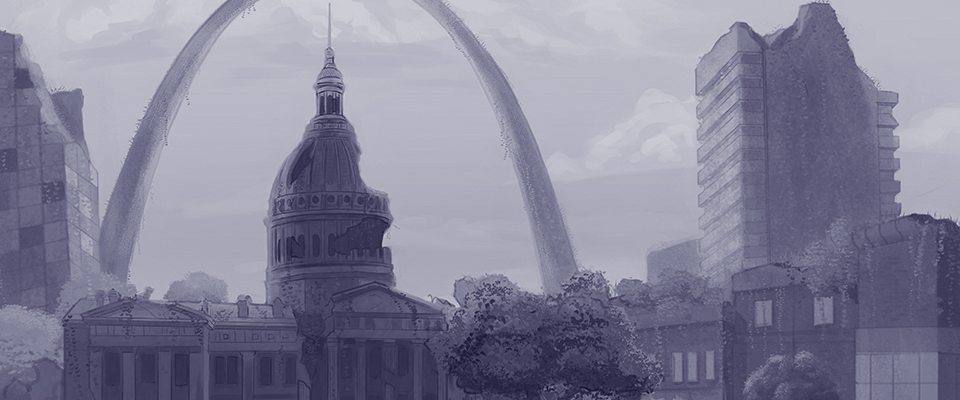
Backroads: Quickstart Guide & SRD
A downloadable game
Quickstart Guide & System Reference Document
The Backroads Quickstart Guide & System Reference Document includes character creation rules, essential rules for gameplay, basic setting information, a pre-generated character sheet, and a blank character sheet. It’s 89 pages and includes monochrome versions of original art for the core rulebook.
Did you know? Backroads has a character sheet on Roll20, making it easier for you to play with your friends online. Create a new game on Roll20 and select the "Backbone" character sheet. For a tutorial on adding the sheet to a Roll20 game and an overview of the sheet see: Roll20 Character Sheet for the Backbone Game System.
Welcome to St. Louis, the City of the Arch.
Beyond Backwater and the border of the American Lands lies the City of the Arch, a diamond in the rough and a trove of Old World artifacts for those who wish to strike it rich, uncover lost technology, or shed light on this nation’s catastrophic history. Drawing curious researchers, skilled prospectors, and desperate scavengers from across the continent, the ruins of the old city are a vast urban jungle, crawling with danger but promising a fabulous wealth of knowledge, technology, and antiquities—for those who survive. Are you willing to risk it all, scavver?
American Gothic Themes
Backroads broadens Backwater’s Southern gothic themes to incorporate elements of American gothic, including the irrational, puritanism, and fear of North America's unknown and expansive natural landscape.
In the northern Outskirts of a post-apocalyptic America, nature has reclaimed the land. It swallows whole the ancient cities devastated by the End. The hierarchy of human and beast has shifted, and greater, more monstrous forms of animals roam the swamps and forests. The wilderness is vast and dangerous. It engulfs and isolates the small, hardscrabble towns of the Outskirts. Those who brave the crumbling roadways of this inhospitable land are often driven by knowledge, searching for clues to what brought about The End of the Old World. Others hope to rediscover lost connections, locating new communities, towns, and resources. Perhaps the majority of these travelers are driven by a love or need for coin. It is these enterprising or desperate sorts who seek to uncover ruins like the City of the Arch, preserved well enough to harbor antique and profitable technologies.
The knowledge and technology hidden in these ruins hold great potential, and so Meecham—an expedition settlement on the banks of the Mississippi—was established. Yet, a growing number of people within and beyond the nation’s borders irrationally reject the Old World’s science and technology. In Meecham, the fiercest among them is a rabid and growing anti-technology movement. Led by Ludwig Finchley, these neo-luddites believe that no good can come from the Old World’s tech, and they boldly claim that this technology is what brought about The End. The group has set its sights on disrupting any operation and expedition into the ruins of St. Louis, making wild claims to bolster their actions: everything from the belief that electricity is made from hellfire to theories about its effects on children. At the other extreme are the pilgrims who have come to St. Louis to behold and revere the ruins’ “sacred” technology. Beyond all reason, these “Mechanists” believe that each person is a small part of a larger machine and that they are defined less by where they come from than by what they do—their function. Humans serve these machines and live on even after death, as their bodies decompose and are eventually recomposed as parts of another machine. Some go so far as to believe that one great technological entity controls these machines and their mechanisms, an All-powerful Intelligence. As word has spread about St. Louis and its expeditions, Mechanists grow more convinced that its ruins hold ancient truths about their faith.
Many of these groups follow codes of moral and ethical conduct that other citizens consider uncomfortably rigid, strict, and censorious, but none are worse than the puritanical Sticklers sect of the uncanny Founders Cult. The Founders Cult is a group who worships the constitutional founders and the line of Old World presidents. This religion is popular among powerful politicians, haughty aristocrats, and wealthy merchants, many of whom claim descent from one Founder or another and among whom antique (and almost certainly fake) relics circulate, like Washington's axe or Franklin’s kite. While most Founders are pompous but bearable, Sticklers are especially insufferable due to their strict societal beliefs and condemnation of nearly everything enjoyable. Their goal is to purify the religion, believing the institutions of their “Church” to be corrupt and criticizing it for its simony, wealth, and lack of political involvement. Among the other acts that they condemn are the Founders’ ornate and pyrotechnic-heavy celebration of the Fourth of July, consumption of alcohol, tobacco, and other drugs, and premarital sex. Sticklers who violate these principles are required to wear bright scarlet tunics, sometimes called Redcoats or Benedict Arnolds, as punishment. Unfortunately, an increasing number of City officials have fallen under the sway of these fanatical doomsayers.
Built with Backbone
Backroads uses the same original system that Backwater uses, now called the Backbone Tabletop Roleplaying system. In addition to its unique setting, Backroads includes all of the core rules for the Backbone game system, so you do not have to purchase Backwater separately. You can also find most of the essential rules in the Backwater Quickstart Guide. However, each book has distinct options for character origins, archetypes, ideals, and items, as well as its own unique setting and characters.
The Backbone game system is original. It uses a 20-sided die for everything except damage. It is intended to be intuitive and streamlined. The foundation of this system are four basic attributes that provide both a modifier (which you add to rolls) and a goal score (which others roll against). When you attempt a skill roll against another character, you simply roll against one of their attribute goals, for example:
- When you threaten or deceive a character you roll against its Intuition goal
- When you hide from or sneak by a character you roll against its Vigilance goal
- When you attack a character you roll against its Reflex goal
- When you shove or trip a character you roll against its Build goal
Characters have both Health Points (physical stamina) and Resolve Points (mental fortitude), and they are relatively low to reflect human fragility. Combat scenarios are consequential and can move quickly as a result. One especially unique element of the system is its Health rolls and Resolve rolls. Players must try to roll under their current Health or Resolve with a d20 to avoid suffering a condition, like the Bleeding condition. The more damage or duress that a character receives, the more likely it may suffer the condition. To learn how to play, try our solitaire game. You can also check our actual plays: Backwater Actual Plays.
Character sheets for the Backbone game system are form-fillable PDFs. The Backbone system also has its own GM sheet for note-taking and tracking. Backbone also has a character sheet on Roll20; see "Roll20 Character Sheet for the Backbone Game System."
| Status | Released |
| Category | Physical game |
| Rating | Rated 5.0 out of 5 stars (2 total ratings) |
| Author | Backwards Tabletop |
Download
Click download now to get access to the following files:
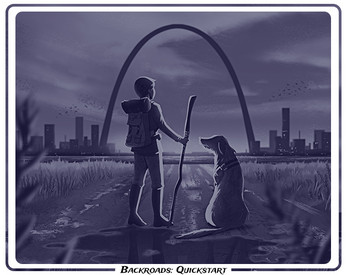
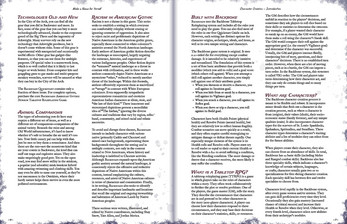

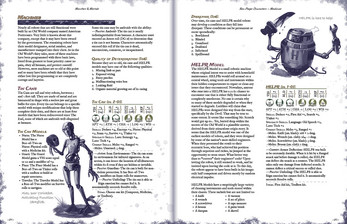
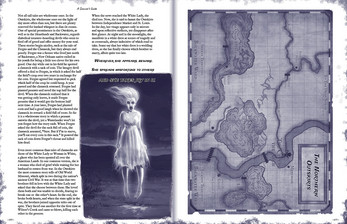
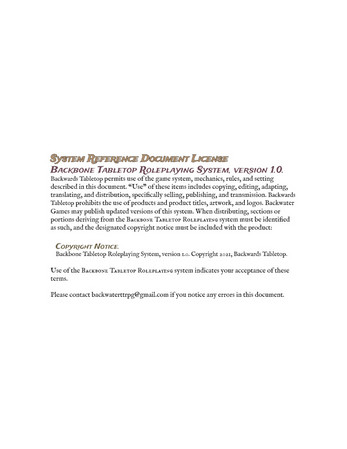
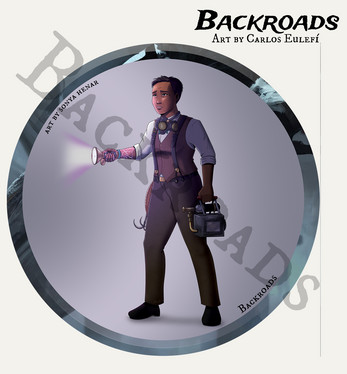
Leave a comment
Log in with itch.io to leave a comment.